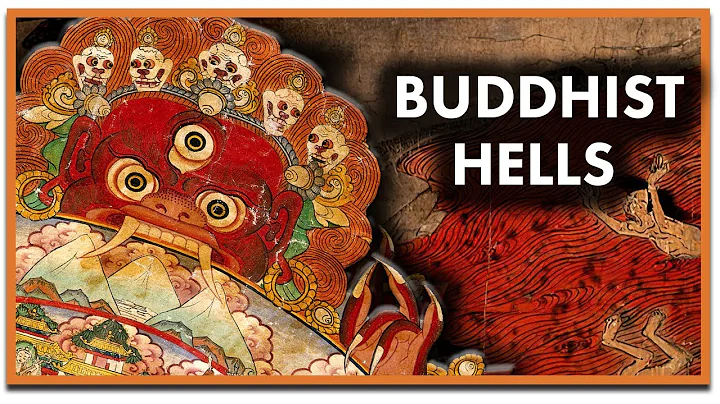When I was a child, I followed my parents from the countryside to Huzhou , and we always had to ferry at the foot of Bishan Mountain. In my young memory, Bishan was synonymous with the ferry port. When
was young, he worked in Huzhou and rode a bicycle. He would pass by the road next to the mountain in the morning and evening without hesitation.

As we get older, Huzhou highways have been re-arranged. A large number of rural land in eastern Huzhou has been expropriated and demolished. Huzhi Avenue in the eastern new city has been built. The two-way 6-lane Tiaoxi East Road and Wuxing Avenue are seamlessly connected to Zhili . With the rapid construction of major transportation roads, small roads are either idle or lonely, with few people walking and hiding in boudoir. As I walked from the foot of Pishan Mountain, it gradually became the past.
The mountain is not big. For decades, I only passed by the foot of the mountain in a hurry, and never went up to see its majestic face. Now that I think about it, as a Huzhou native, I should go up there to visit, understand the human geography of Bishan, and appreciate the beautiful scenery.

On the morning of May 27, 2022, I set off from Hucheng and drove straight from the intersection of Hudong Street , and arrived at Bishan in a short while.
There is a heritage park planned in Huzhou in Bishan. The Bishan ruins ( national key cultural relics protection unit ) is located near Bishan, covering an area of 100,000 square meters. It belongs to after the Liangzhu culture and before the Spring and Autumn and Warring States The Shang and Zhou culture. It seems that the land under my feet condenses the vicissitudes of Huzhou's journey over thousands of years.

Adjacent to the mountains, there are many cultural landscapes. In the Nanliang period, Wuxing Grand Administrator Liu Yun built the Bishan Pavilion reading platform on the mountain. In the Song Dynasty, Wu Yuezhong built Kuangyuan Pavilion in Bishan. In the Ming Dynasty, Pan Jixun, the minister of the Ming Dynasty, built the Bishan Garden. Ciyun Temple on the top of the mountain was originally rebuilt from Pan Xunji's family temple. According to legend, Bishan is the place where Master Guanyin (who was replaced by Mr. Miaoshan) attained enlightenment and ascended to heaven.

Ciyun Temple was built in the Ming Dynasty (1628-1644), more than 400 years ago. Ciyun Temple, formerly known as Baoben Zen Temple, was renamed Ciyun Temple in the late Qing Dynasty and the early Republic of China. Ciyun Temple is famous in Huzhou for its Guanyin Dojo. The 19th day of the second lunar month is the birth date of Guanyin Bodhisattva. Every year, tens of thousands of good men and women come from all over the country to worship, and the event is unprecedented. Legend has it that on this day, Guanyin Bodhisattva will come to the world and appear in Pishan.

Buddhist temples are basically the same. Maybe it’s because I’ve traveled too many places and worshiped at too many temples, so I feel visually numb, and there’s no sense of fresh curiosity along the way.

It is necessary to visit every place. Since going up the mountain, it is important to be sincere and sincere, make a good wish, and hope that Guanyin Bodhisattva will bless you.


































![[English] Who Am I - Lecture 1 - Ven. Guan Cheng - DayDayNews](https://i.ytimg.com/vi/KU0fUs2It5o/hq720.jpg?sqp=-oaymwEcCNAFEJQDSFXyq4qpAw4IARUAAIhCGAFwAcABBg==&rs=AOn4CLDFpQUN_QwRfC7bmP4sUadq-RcYdg)
![A Moving Masterpiece 清明上河图 [English narration] - DayDayNews](https://i.ytimg.com/vi/kxff-4GktOI/hqdefault.jpg?sqp=-oaymwEcCOADEI4CSFXyq4qpAw4IARUAAIhCGAFwAcABBg==&rs=AOn4CLBtHGLeUpJNCYDJYnZTuISQ1N5Vag)


